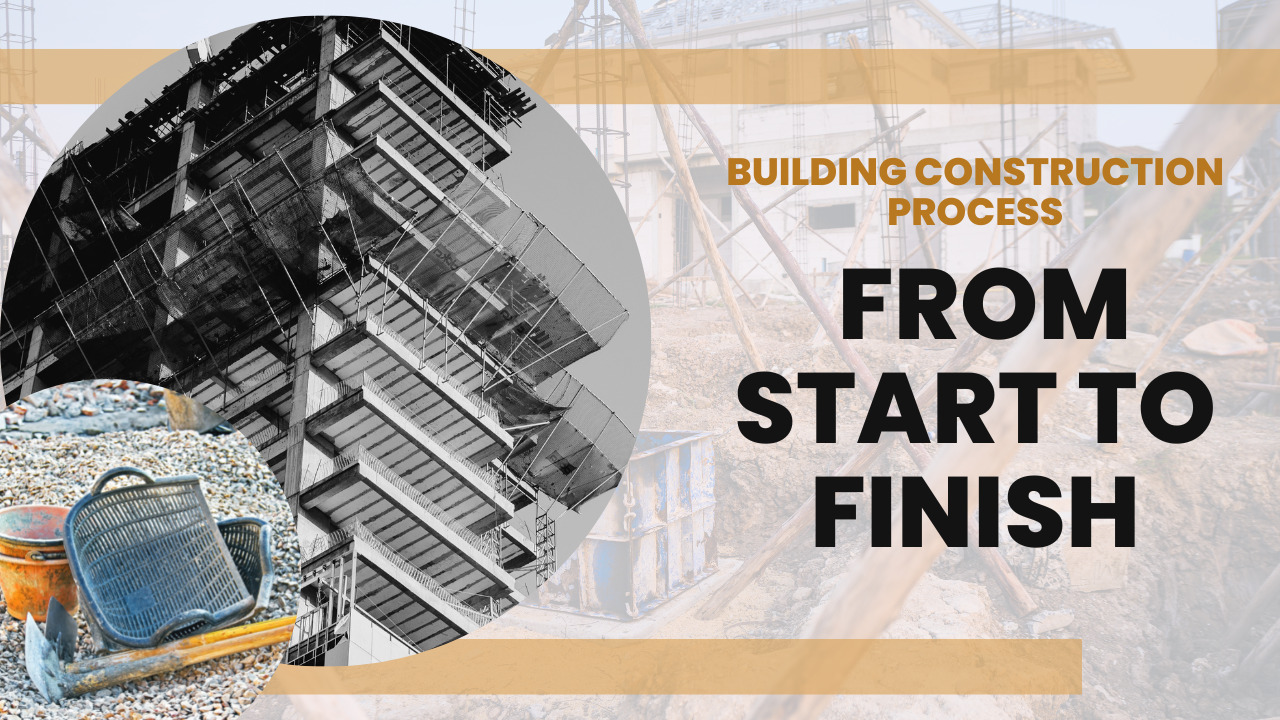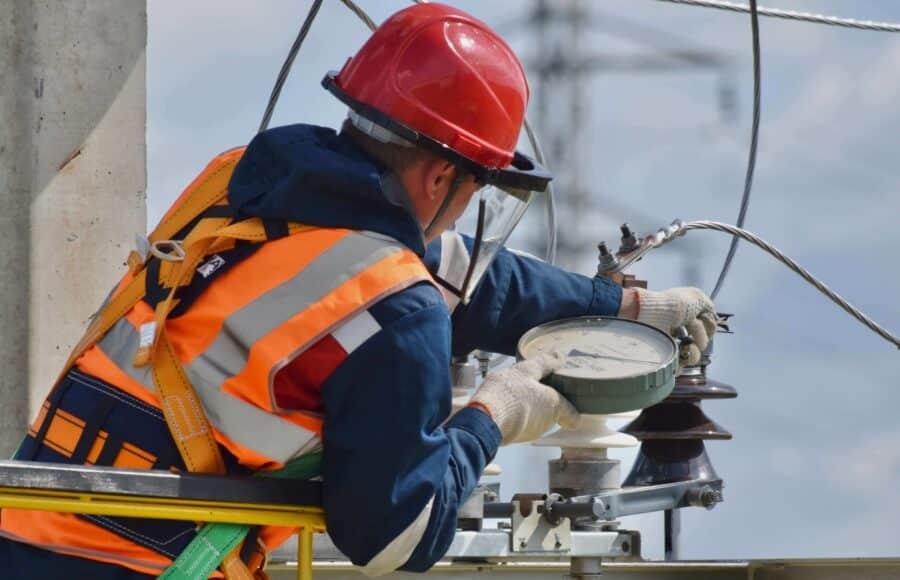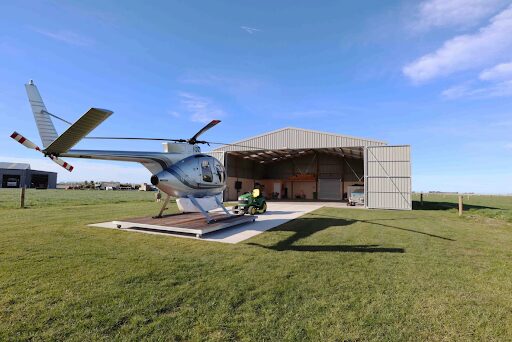Buildings come to life during the construction process. However, even before construction begins, there are important stages that take place. From start to finish, all buildings go through a similar construction process that is marked by five phases: concept, design, preconstruction, construction, and close-out.
Table of Contents
Concept
All life starts from a seed, and in this case, the seed of a building is the initial concept. This is where the idea for a building begins to take root, and a solid foundation for the entire project is developed through defining a clear vision.
During the initial concept stage, all the idea’s planning and development will occur. The ideal location will be chosen, a budget will be drawn, and all pre-design factors will be considered.
Sometimes, the location is the first thing that is chosen. But even if the concept for the building comes after choosing a location, the area should be carefully analyzed during this process to make sure that it meets all of the needs of the building’s intended use and to make sure that it is accessible and feasible.
Design
During the design phase, you will choose your partners in the project. Selecting a team that will help you through the design and building process is crucial.
During the design phase is when you will turn the concept into drawings, blueprints, and schematic designs. You can include your construction contractor in this process as part of a design-bid-build model to make sure that details are realistic, including labor costs, material availability, and the length of the project.
During this part of the process, many professionals will need to be consulted and give their input. For example, electrical, mechanical, and civil engineers must be consulted to ensure that your design meets codes and other requirements.
During the design phase, construction companies are chosen and give bids. Finding companies that can tackle large portions of your project can make this process much easier, like this commercial paving company in Stockton, CA.
Dryco can be a huge part of your building process as an all-in-one commercial concrete company, including everything from footings to finished parking lots and sidewalks.
You will need a qualified professional when it comes to handling critical parts of your project, like the foundation, and it helps if your concrete and paving professional are already familiar with the site when it comes time to pave your parking lot.
Preconstruction
Before construction can begin, the preconstruction phase is needed to hammer out any details. Before you start building, you must have all permits in order and make sure that all zoning laws are followed.
This can be one of the most challenging and lengthy parts of the construction process. It requires a team approach, and having the right construction partner can make the entire venture successful. Having someone who knows the facts about land development and permitting is crucial, too.
This part of the process will tie in the concept and design process pieces that have not been fully integrated into the overall plan. You will fill any gaps in the planning process, from utilities to geological surveys.
Lastly, you will need to finalize your construction team and ensure you have all the right people lined up for the construction job. Construction is a complicated process where many parts of the job must be done before other parts can begin, so any holdups will cause problems for many people and can be costly.
Construction
From the outside, it can seem like the beginning of the construction phase is the beginning of the entire project, but if you have been working through the concept, design, and preconstruction phases, then you know that this is the culmination of much hard work. A ribbon-cutting ceremony or groundbreaking celebration often marks it.
This can be the most exciting part of the entire process, though. It’s where the transformation happens and where an empty parcel of land springs to life and a building starts to happen. Here is the general sequence of the construction phase:
Site preparation
This is where vegetation is removed, the ground is leveled, and drainage and utilities are put into place.
Foundation
the foundation of a building is the lower part of the building that is critical to keeping the building from sinking, moving, and even toppling. This is a critical part of the process and must be trusted by high-quality professionals.
Framing
this is where the “skeleton” of the building is erected. It must be done correctly to ensure that the building is safe.
Roofing/Exterior
this is when the shell of the building is put on the frame. Often, this is done in combination with the installation of utilities and HVAC, and the exterior includes a building envelope for access and space for utilities.
Interior
everything inside the shell is installed during this process, from insulation to walls, fixtures, and various floors and surface treatments.
Landscaping
a building isn’t finished if it doesn’t have a parking lot, sidewalks, and other landscaping features that make it both accessible and esthetically pleasing.
Close-out
All of the parts of the construction phase involve many different crews doing various tasks and going over a period of months. At the end of the project, there will be a list of things that didn’t get attended to. It’s called a punch list, and as part of the close-out, a contractor must have all of these things finished before the building can be handed over.
Final inspections will also have to be scheduled and completed for the building to be occupied. Some contractors give a warranty period, as well, during which problems can be brought to resolution without extra charge because there is usually something that wasn’t done quite right or needs to be fixed.





